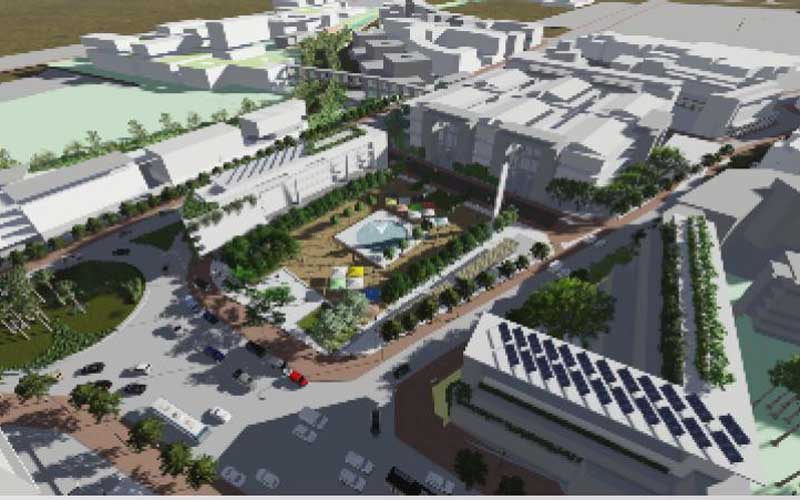×
The Standard e-Paper
Fearless, Trusted News

The government has unveiled an ambitious multi-billion shilling project that seeks to overhaul the housing and infrastructure development in the sprawling 3,000 acres Eastlands estates in Nairobi.
On Friday, the Ministry of Housing gave stakeholders 60 days to give their comments on the redevelopment of Eastlands before the final plan is adopted for implementation.